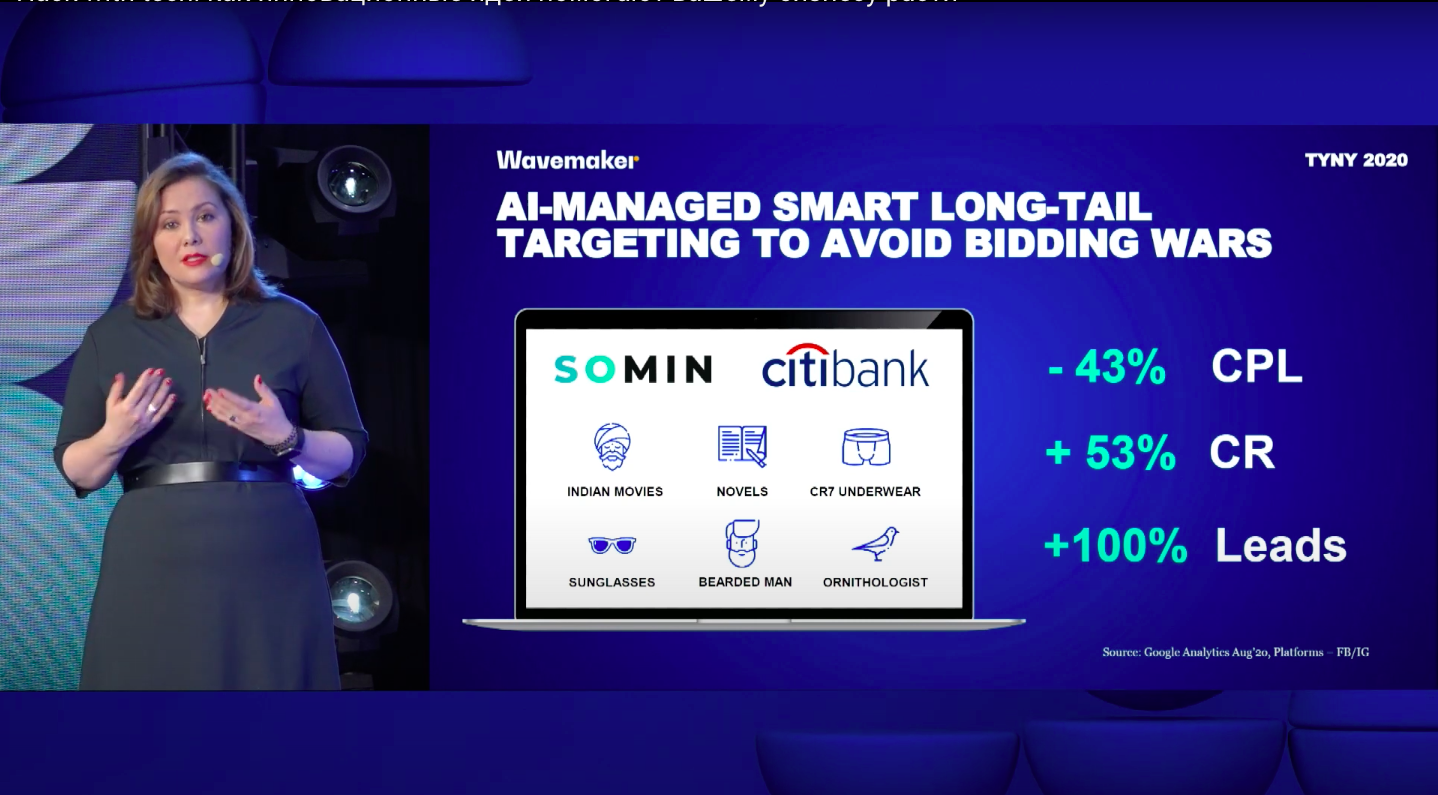User profile learning, such as mobility and demographic profile learning, is of great importance to various applications. Meanwhile, the rapid growth of multiple social platforms makes it possible to perform a comprehensive user profile learning from different views. However, the research efforts on user profile learning from multiple data sources are still relatively sparse, and there is no large-scale dataset released towards user profile learning. In our study, we contribute such benchmark and perform an initial study on user mobility and demographic profile learning. First, we constructed and released a large-scale multi-source multimodal dataset from three geographical areas. We then applied our proposed ensemble model on this dataset to learn user profile. Based on our experimental results, we observed that multiple data sources mutually complement each other and their appropriate fusion boosts the user profiling performance.
In this technical demonstration, we showcase the first ai-driven social multimedia influencer discovery marketplace, called SoMin. The platform combines advanced data analytics and behavioral science to help marketers find, understand their audience and engage the most relevant social media micro-influencers at a large scale. SoMin harvests brand-specific life social multimedia streams in a specified market domain, followed by rich analytics and semantic-based influencer search. The Individual User Profiling models extrapolate the key personal characteristics of the brand audience, while the influencer retrieval engine reveals the semantically-matching social media influencers to the platform users. The influencers are matched in terms of both their-posted content and social media audiences, while the evaluation results demonstrate an excellent performance of the proposed recommender framework. By leveraging influencers at a large scale, marketers will be able to execute more effective marketing campaigns of higher trust and at a lower cost.
The exponential growth of online social networks has inspired us to tackle the problem of individual user attributes inference from the Big Data perspective. It is well known that various social media networks exhibit different aspects of user interactions, and thus represent users from diverse points of view. In this preliminary study, we make the first step towards solving the significant problem of personality profiling from multiple social networks. Specifically, we tackle the task of relationship prediction, which is closely related to our desired problem. Experimental results show that the incorporation of multi-source data helps to achieve better prediction performance as compared to single-source baselines.
Press About Us

Lenta has completed piloting a Singapore startup to set up targeted advertising, the company's press service reports.
Lenta's digital marketing service, with the support of the company's Innovation Center, tested the project on an Instagram advertising platform for a month. The artificial intelligence platform processed data from social networks and determined user preferences.
As a result, the effectiveness of targeted advertising has increased 2.5 times compared to using classic tools for launching advertising campaigns. It was originally planned that this figure will grow by 20%.
“During testing, we paid attention not only to the cost per click, but also to the bounce rate. Quality traffic is important to us. The startup really identified users for whom our advertising was relevant, ”said Boris Evdokimov, head of Lenta's digital marketing department.
Thanks to the use of artificial intelligence, the company will be able to halve the costs of launching advertising campaigns on Instagram and increase the number of conversions in stores by 37%.
Earlier it was reported that "Lenta" opened a large distribution center in the Leningrad region. Online sales of Lenta grew 6.5 times in Q3 2020.

Getting leads for credit card and personal loan applications in the banking industry has always been an ordeal. So when we applied our technology to Citibank’s products and saw a 40% uplift in sales we got really excited. There’s no greater satisfaction than seeing your products solve persistent industry problems.
Even better when the clients and their partners talk about you because of the proven result.

